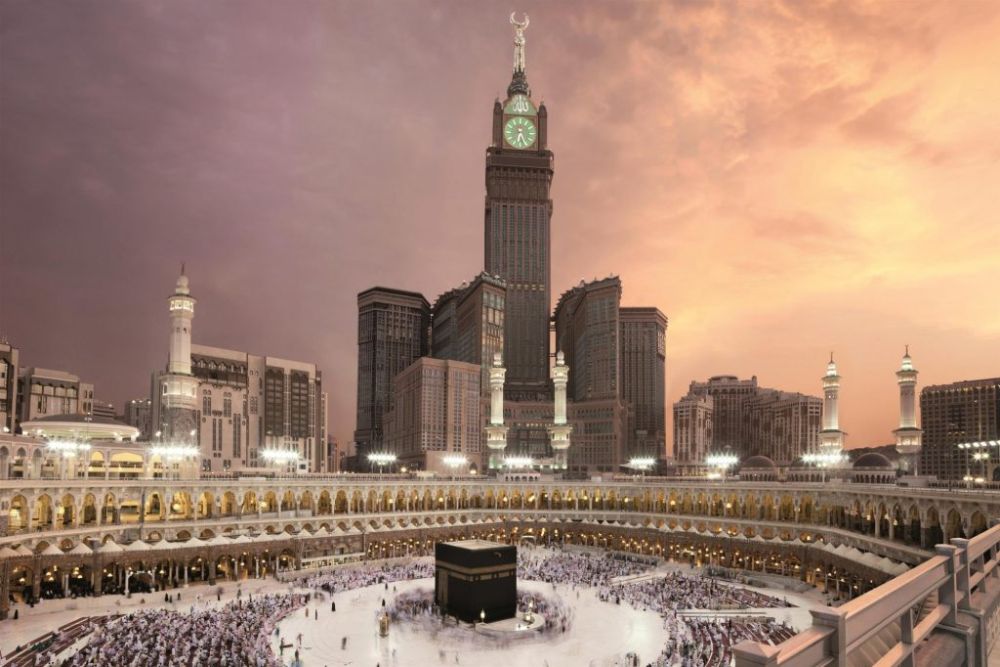

Mecca, known as Makkah in Arabic, is the holiest city in Islam and has been a focal point of Islamic pilgrimage for centuries. The annual Hajj pilgrimage, one of the Five Pillars of Islam, brings millions of Muslims to this sacred city, with a significant impact on its tourism sector. Over the years, Mecca has seen a transformation with modern developments aimed at accommodating the ever-growing number of pilgrims.
The Abraj Al Bait (Clock Tower) is a relatively new addition to Mecca's skyline. Completed in 2012, this colossal building complex directly overlooks the Grand Mosque, the Masjid al-Haram. It is one of the world's largest buildings, featuring the world's largest clock face and standing as a prominent landmark for pilgrims and tourists alike. The complex serves both religious and commercial purposes, containing a luxury hotel to accommodate pilgrims, a shopping mall, an Islamic museum, and a prayer room capable of holding more than 10,000 people.
The establishment of Abraj Al Bait has significantly changed the dynamics of tourism in Mecca. While it has prompted debates about commercialization around the holy sites, it also symbolizes the Saudi government's efforts to improve infrastructure and services for the millions visiting the city. The complex has become more than just a place to stay; it's a monumental beacon for Muslims around the world and a symbol of Mecca's blend of ancient tradition and modern luxury.
Recently, the Saudi government has launched the ambitious Vision 2030 program, aiming to diversify the economy and reduce its dependence on oil. Part of this vision includes significant investments in the tourism sector, with plans to expand religious tourism and introduce new tourist visas that would allow non-Muslims to visit certain parts of the country.
In Mecca, while non-Muslims are not allowed to enter the holy city, the increased capacity from projects like the Abraj Al Bait allows more Muslims to experience the Hajj and Umrah pilgrimages. Advanced booking systems, improved infrastructure, and increased services around the Grand Mosque are part of this trend. Moreover, the Saudi government has plans to enhance the overall experience of pilgrims, including better transportation, accommodation, and cultural engagements.
With the opening of the Abraj Al Bait complex, tourism in Mecca has shifted towards a combination of religious devotion and modern convenience. The Kingdom is working to create a seamless experience for pilgrims, balancing reverence for tradition with the advantages of modern amenities. The Abraj Al Bait stands as a testament to these changes, continuing to attract tourists and faithful pilgrims year-round with its grandeur and facilities designed to serve Islam's holiest site.